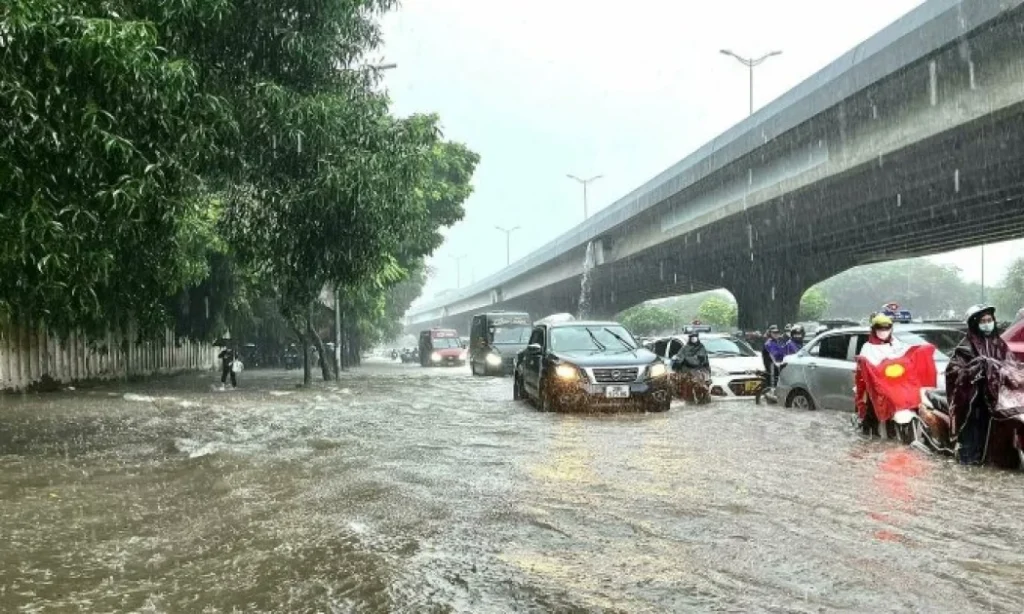Residents of Nairobi woke up on Saturday, October 4, 2025, to flooded roads and paralyzed traffic after a night of heavy rainfall. The downpour, which began late Friday evening, continued into the night, leaving parts of the city submerged and disrupting both motorists and pedestrians.
The Central Business District (CBD) and several low-lying neighborhoods were the hardest hit, with commuters forced to wade through large pools of water. The Nairobi Expressway, a vital link for thousands of daily travelers, also experienced severe flooding that caused long tailbacks stretching for hours.
“I spent almost two hours stuck near Nyayo Stadium because the water was too deep to move,” lamented James Mwangi, a matatu driver. “The drainage here just can’t handle the rain.”
Many Nairobians took to social media to express their frustration with the recurring issue of poor drainage. While some placed the blame squarely on the county government, Nairobi Environment Chief Officer Geoffrey Mosiria defended the administration, urging residents to play their part in keeping drains clear.
“Maintaining drainage systems is a shared responsibility,” Mosiria emphasized. “Mvua kidogo tu na nimeanza kupata strays from all corners. We try to sort drainage issues constantly, but when those responsible for blockages are held accountable, others complain. It has to be a collective effort.”
The flooding comes just a day after the Kenya Meteorological Department issued a heavy rainfall advisory, warning of intensified downpours across several parts of the country between October 3 and 5. According to the department, rainfall in the Lake Victoria Basin, Rift Valley, and Highlands west of the Rift Valley is expected to exceed 20mm within 24 hours and gradually spread eastwards, including Nairobi. The rains are also likely to be accompanied by strong winds.
With more rainfall forecast, residents are advised to remain vigilant, avoid flooded roads, and ensure nearby drainage systems are unclogged to minimize further disruptions.

